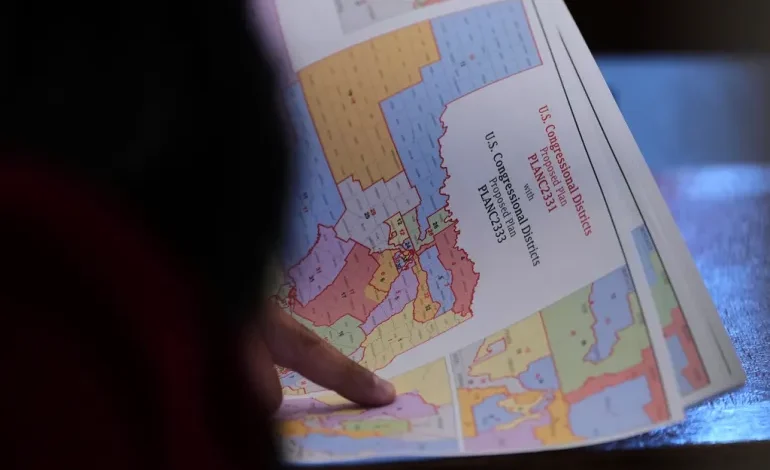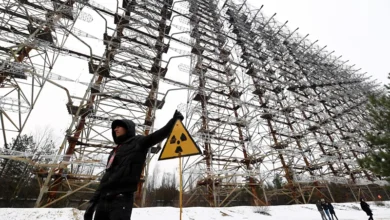What’s the Texas redistricting fight about, and how has California reacted?

President Donald Trump and his allies have kicked off a redistricting fight in the United States as the country’s two main political parties angle for advantage in the 2026 midterm elections.
In an effort to maintain control of Congress, Republican leaders in the right-wing stronghold of Texas have pushed to redraw the state’s congressional districts in a way that would net the party as many as five additional seats in the US House of Representatives.
Trump has encouraged the effort, calling it a “big WIN for the Great State of Texas”. The state’s Senate is expected to vote on the new district plans as early as Thursday evening.
But that effort has prompted a backlash. The Democratic-leaning state of California responded in kind by passing a plan on Thursday to abandon nonpartisan redistricting and create new congressional maps that could bring the Democrats five more seats, negating the effort in Texas.
Party leaders in other states, including Missouri and Florida, have also indicated they may seek to rejigger their districts to pick up more seats.
The standoff points to larger questions about how to ensure fair representation in Congress and how Trump has sought to exert wide-reaching control over the country’s political system.
With Trump’s approval rating slipping to about 40 percent, Republicans risk losing their narrow, 219-person majority in the 435-seat House of Representatives in the midterm races.
So what is redistricting? And what could it mean for upcoming elections? We answer those questions and more in this quick explainer.But political parties can take steps to shape districts to their benefit, in a process sometimes referred to as gerrymandering.
That involves finding creative ways to maximise the number of seats a party can win by carving districts based on demographics and voting trends, to increase the electoral weight of certain groups and minimise the influence of others.
“Politicians can look at information about the partisan and demographic breakdown of an area and stack the decks in their favour,” said Thad Kousser, a professor of political science at the University of California at San Diego.
This practice has a long and fraught history in the US, especially in states with histories of segregation and discrimination, where maps were often drawn to dilute representation for minority voters.
What is happening in Texas?
While redistricting is far from new, Texas has been in the spotlight recently for a particularly overt partisan effort.
Part of the controversy stems from the involvement of President Trump, who prompted Texas Republicans to redraw maps.
In June and July, reports began to emerge that the White House was holding calls with Texas state leaders to tee up a redistricting battle, in preparation for the 2026 midterms.
Despite early concerns that the effort could backfire, Republican lawmakers in the state quickly put the plan in motion.
Speaking by phone to CNBC on August 5, Trump seemed to suggest that the makeup of the US Congress should reflect his success in the 2024 presidential race.
“We should have many more seats in Congress,” Trump said. “I got the highest vote in the history of Texas, as you probably know, and we are entitled to five more seats.”
The state’s House of Representatives passed a new election map on Wednesday, and the Texas Senate is expected to do the same in the next few days. The new maps would carve out five additional districts in areas where Trump performed strongly during the last election.
How did Texas Democrats respond?
Texas Democrats condemned the redistricting as a partisan power grab and tried to prevent a vote on the new congressional map.
In early August, they left the state in a bid to deny the Texas legislature the quorum it needed to move the plan forward.
But as a minority voting bloc in the firmly Republican state legislature, the Democrats ultimately failed to stop the redistricting scheme.










